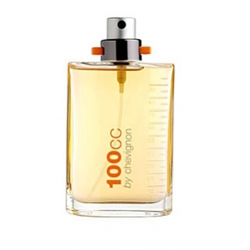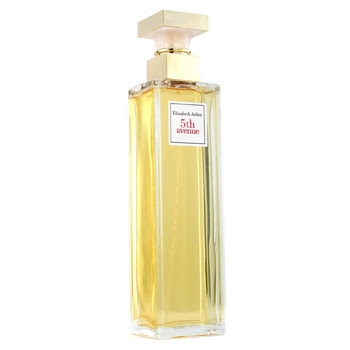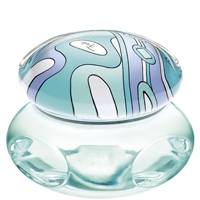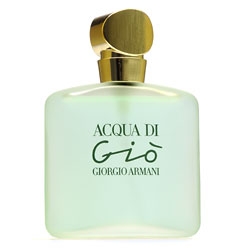Jasmine (Jasminum Grandiflorum) perfumes
Jasmine (Jasminum Grandiflorum) scented fragrances
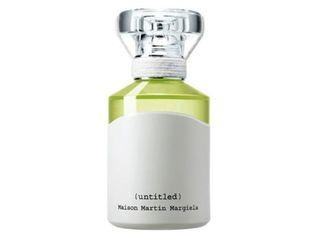
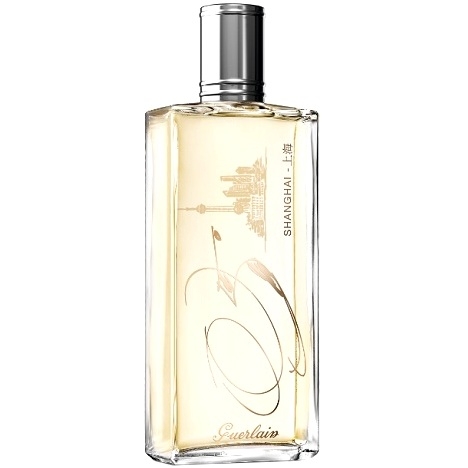
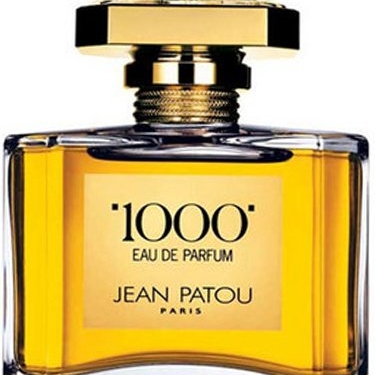
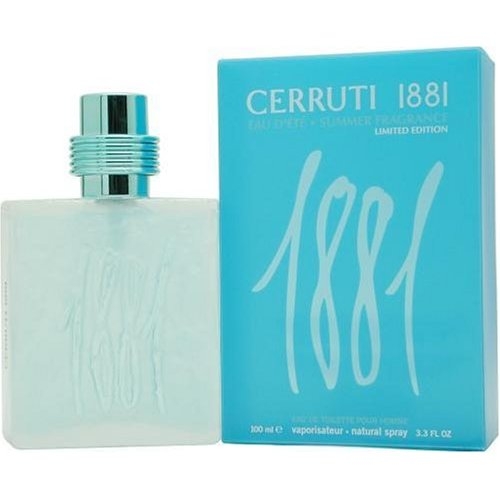
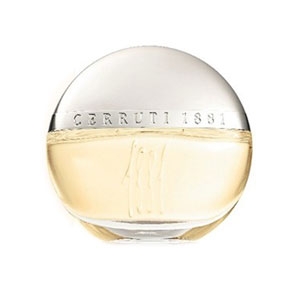
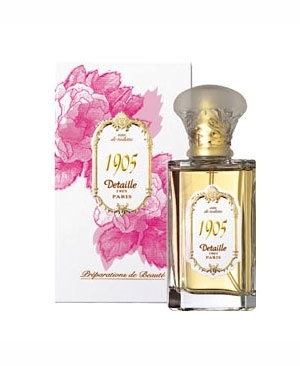
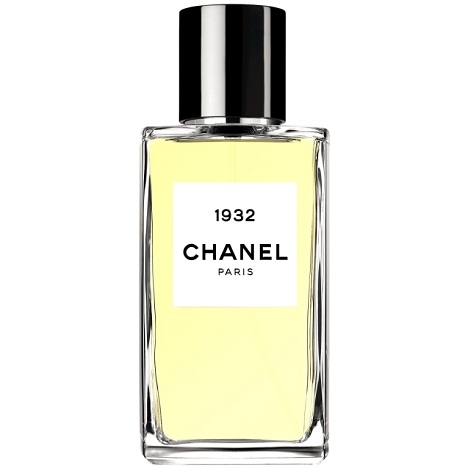
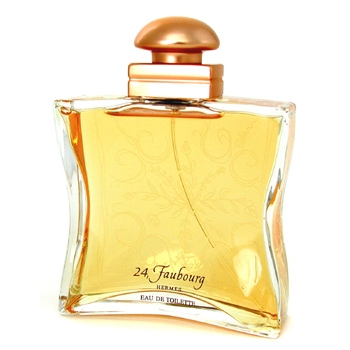
Would you like to explore more fragrances?
Discover launches through a specific brand or olfactory family depending on your preference
Refine the selection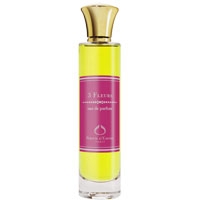

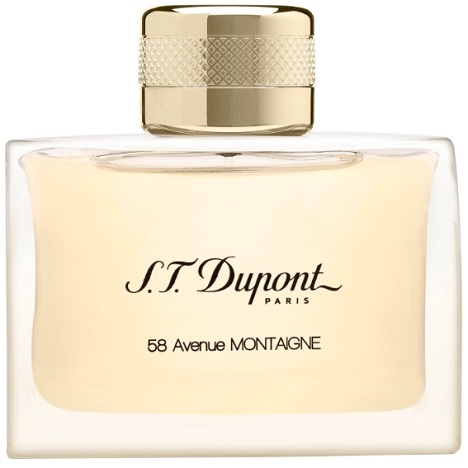
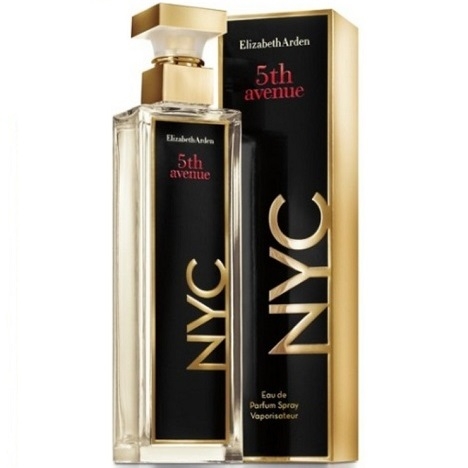
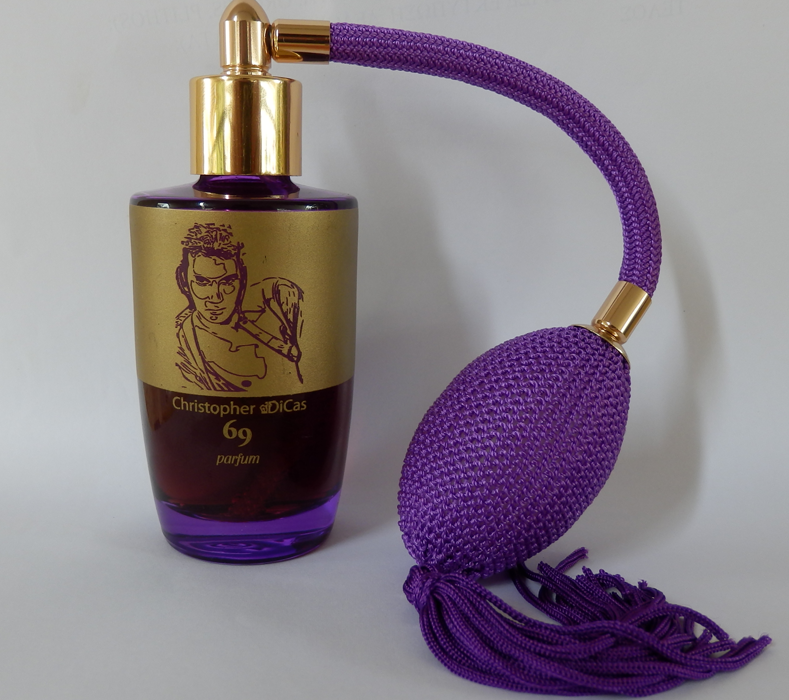

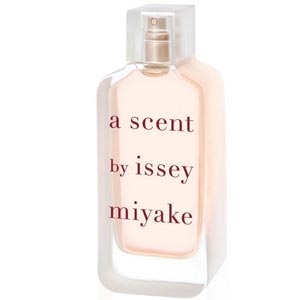

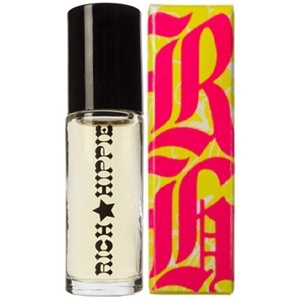

Floral, fruity, animalic, powdery.
Source
The plant grows in the mountains of the northwestern part of India. It is cultivated in many countries worldwide, but India and Egypt are the largest producers, followed to a lesser extent by Morocco, Italy and France.
Extraction Method
The jasmine flower blooms between June and October. The best quality flowers are those gathered in July and August. Extraction with solvent is the most widely used method to obtain a concrete from which absolutes are subsequently obtained using alcohol. Hexane is the solvent most often utilized in this process.
Use
The jasmine-rose accord is the middle note of many well-known perfumes. These two flowers are the most extensively employed in perfumery. Jasmine is also used to flavor tea and food: iced jasmine rice is a gourmet dish in Thailand.
History
Persians used to aromatize the atmosphere with jasmine extract (jasemin). According to other sources, the word jasmine derives from the name of a tree, 'jas', meaning 'despair' , and 'min', which means 'lie'. Its medicinal properties have been known for centuries. In China, the jasmine symbolizes feminine gentleness. In medieval art, the jasmine was associated with the Virgin Mary, while the Hindus christened it :forest moonlight'. In Thai, it is called buddha-chart, in Malayan and Indonesian, melati.
You do not find your perfume?
View moreExplore more fragrances?
Discover launches through a specific brand or olfactory family depending on your preference
Refine the selection